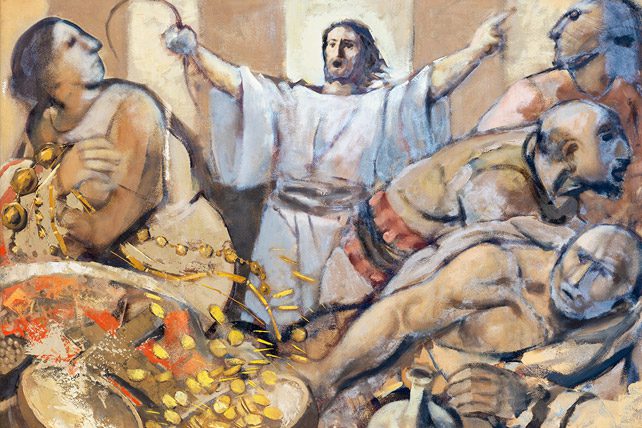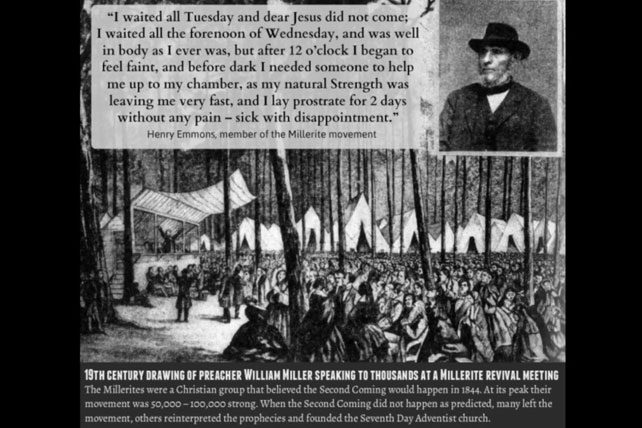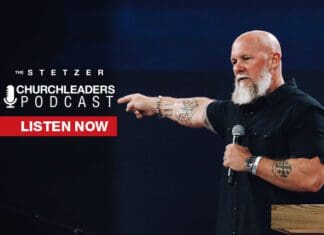When our team at Cooke Pictures works helping churches use media more effectively, one of the biggest obstacles we often face is the church’s attitude toward volunteers. Some church and media leaders think volunteers are too difficult to train, others think it’s a waste of time, and still others don’t see the impact a great volunteer team can have—particularly in media and communications. But one church—Celebration Church in Austin—led by Pastors Joe and Lori Champion, has a remarkable team of volunteers. We need to learn how to recruit great volunteers.
So I asked Jeremiah Ricks, the Sunday production director for Celebration how the church can recruit great volunteers—particularly when it comes to media. Here’s our conversation:
How to Recruit Great Volunteers
1) First, tell me a little about your role at Celebration.
I am the live production director here at Celebration Church. I oversee all of the audio, video and lighting for our live events, such as weekly services and conferences.
2) When you launched the new sanctuary, your challenge was to double the number of volunteers in your department. How did you do it?
It started with a perspective shift for me. I didn’t like to recruit, even though I saw it was necessary, for the practical reason that I can’t accomplish a live event all on my own. It still felt like I was just trying to get people to do work for me and I didn’t like that.
I had this realization about how much I loved serving and being a part of the church. Being a part of that gave me a sense of purpose. That’s how other people are. Just as I was, they are also longing for God given purpose in their lives.
Recruiting is my opportunity to share with others the joy of living with purpose. Not just any purpose but the purpose of serving God and impacting lives for eternity. Once my perspective and motivation changed it became much easier. Recruiting was no longer selfish but selfless, giving others the gift I had received of purpose. Then it was simply doing the work.
Talking to everyone I could, tracking down leads for new people or even people that had been on the team and making phone calls and texts and emails. We also have a great process at our church to help connect people with their God-given purpose in how they can serve in the church. The key was taking advantage of every opportunity and making recruiting the priority.
3) What’s the single greatest secret for recruiting volunteers?
I think the secret is understanding that you’re trying to give to people and not take from people. As a leader, you are looking to serve others by helping them connect to THEIR destiny of serving God in THEIR God-given purpose, not to your destiny or your purpose.
That means that if they have a gift that’s better suited somewhere else on another team then you have the joy of helping them connect there so they can flourish in that. Philippians 4:2-3 tells us to not do anything from a selfish motivation but to value others more than we do ourselves by looking to fill the needs of others. While we do that we know that we can trust God to supply all our needs, as Paul points out at the end of Philippians.
God will be faithful to send us the people we need. We should be faithful to serve those God has entrusted to us. That takes all the pressure off when we live by faith in God’s provision for our needs.
4) How do you keep volunteers motivated?
Vision is the most important motivator. Without vision Proverbs tells us that people perish. Without vision there is no progression toward life in the team there is a progression toward death, and your team will consistently shrink over time. Vision is simply revealing the God-given purpose of the team. It’s the why behind what you are doing.
I am blessed to be a part of a church with simple and clear vision. I base everything that we do as a team on that and I am consistently speaking that vision to the team. For example, before rehearsals I take about 10 minutes and speak with the team on one aspect of our church’s vision out of scripture and how that applies to us as a live production team.
By doing so I honor the leadership over me and keep the eyes, or vision, of the team on the goal and purpose of the church. I find that it often helps keep me motivated and full of passion! I, as a leader, need that vision too, and we all need to hear it repeated. It keeps life and excitement in the team to know that they are valuable and that what we are all doing is valuable.
5) What about churches who are convinced that it’s just too hard to recruit volunteers?
It is hard to recruit! In many ways it’s a never ending task. There is plenty of rejection from people who don’t want to be a part of the team, but even with all the negative you’re facing, building a team can still be done! Recruiting and leading a team starts with you staying positive. If God has given you this responsibility then He has made you capable of doing it. So do it with confidence. Keep recruiting a priority, bring people into a vision-filled culture that adds life, trusting God to provide for your needs as you serve the needs of others. It can be a bumpy and messy process, but it is absolutely doable!
6) Particularly when it comes to media—videotaping the services, live streaming or TV broadcasts, are volunteers capable of high-quality work?
Volunteers are absolutely capable of high quality work. I love bringing people onto the team from any age or background and showing them how to do something they never thought they would ever be able to do. You won’t get experts overnight, but with patience and good training you can build a team of volunteers that can operate at a professional level.
7) Last word: If you’d leave us with one thought about recruiting, motivating and leading volunteers, what would it be?
Be a student of leadership. There is always more to learn. Find books, conferences, videos, anything that you can to help develop your leadership. It will benefit you and those around you.
This article on how to recruit great volunteers originally appeared here.
















 You know that feeling when you’re knee-deep in pastoral duties, and burnout is knocking at the door? Yeah, it’s rough. But guess what? There’s a silver lining in all of it—emotional intelligence.
You know that feeling when you’re knee-deep in pastoral duties, and burnout is knocking at the door? Yeah, it’s rough. But guess what? There’s a silver lining in all of it—emotional intelligence.









